- Why Rematch is the surprise hit of 2025 for esports Esports Insider
- “The essence of football is not in the rules”: Rematch’s creative director on nailing that five-a-side feeling and making a game “about kicking a ball rather than kicking heads in” GamesRadar+
- I spent 75 hours unlocking every trophy in Elden Ring Nightreign, only for Rematch to steal its thunder with a single hat trick MSN
Category: 4. Technology
-
Why Rematch is the surprise hit of 2025 for esports – Esports Insider
-
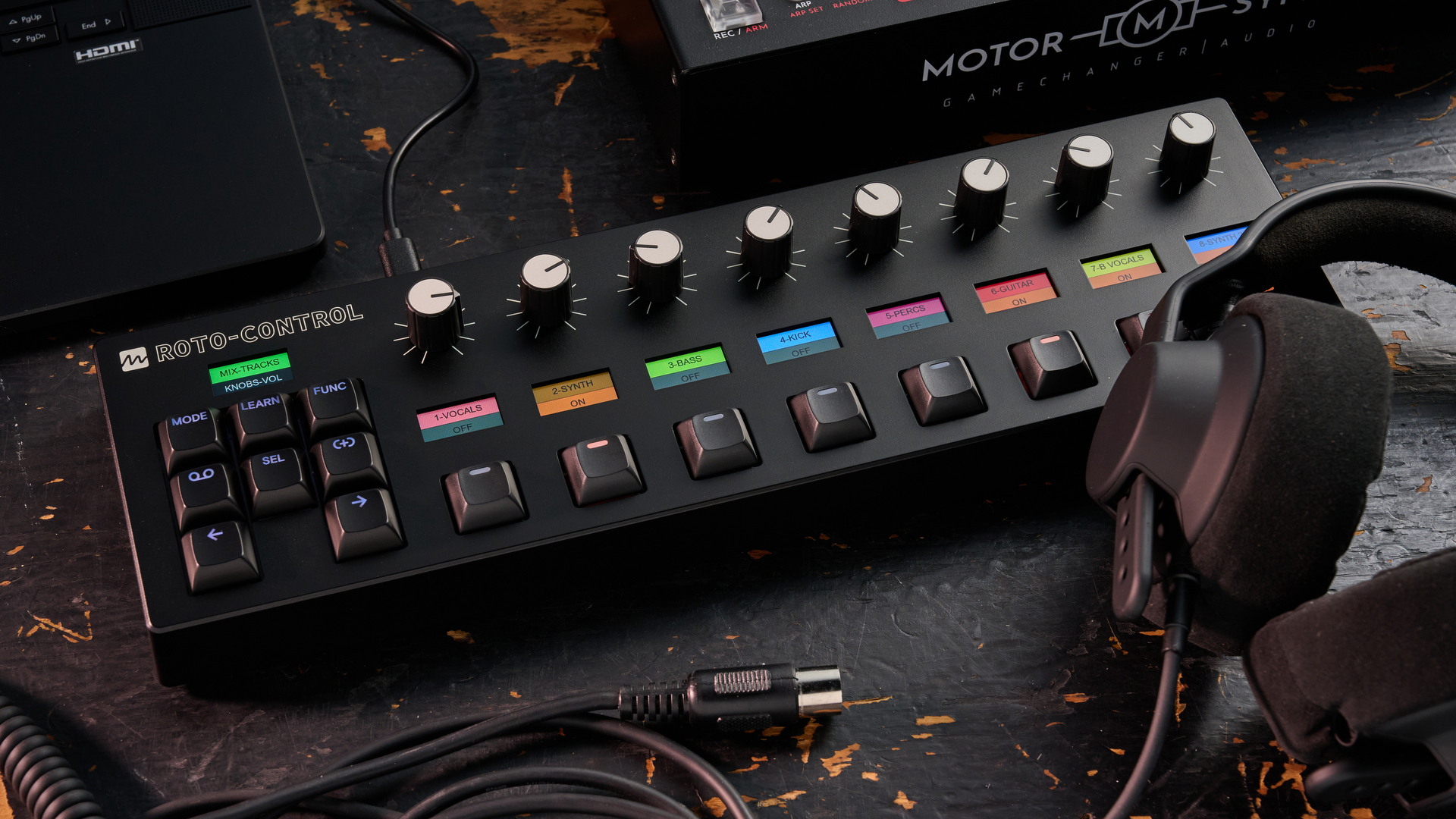
Melbourne Instruments’ Roto-Control gets Bitwig Studio integration following 2.0 firmware update
Announced earlier this year at NAMM 2025, Melbourne Instruments’ Roto-Control is a MIDI controller with a difference.
Equipped with eight motorized knobs – first seen on the company’s NINA synth – that instantly recall parameter values when opening new projects or plugins, Roto-Control also offered Ableton Live integration straight out of the box.
Today Melbourne Instruments has announced a major firmware update for Roto-Control, and in response to “strong community demand”, the controller now offers the same level of integration with Bitwig Studio.
In the controller’s MIX Mode – which syncs automatically with the mixer in Ableton and Bitwig, mapping its controls across Roto-Control’s knobs and buttons – colours and track names from a Bitwig project will now appear on ROTO-Control’s displays, updating automatically in response to any changes in the session.
In Roto-Control’s PLUGIN Mode, plugin parameters and labels are lifted directly from the DAW and stored locally on the device, and custom mappings will be instantly recalled when opening plugins across any Bitwig project.
Roto-Control’s 2.0 update also brings with it a raft of additional features and enhancements, including the ability to send MIDI notes and program changes using the controller’s eight mechanical keyboard-style buttons in MIDI Mode.
Roto-Control now offers manual mapping and customization of racks and macros in Ableton Live, and Remote Control page navigation for Bitwig Studio. Additionally, the controller’s MIX Mode now supports track grouping, a feature that’s been requested by many Roto-Control users. What’s more, Roto-Control now offers support for Linux.
With their customizable haptics, Roto-Control’s motorized and touch-sensitive rotaries make for an innovative concept, and the controller has made a lasting impression since its launch earlier this year – we described Roto-Control as “sleek, reasonably-priced, and excellent” in our review back in April.
However, many non-Ableton users were disappointed by Roto-Control’s lack of full integration with other DAWs.
With the 2.0 update, Melbourne Instruments addresses those concerns, and the company says that we can expect to see Roto-Control integration rolled out to DAWs such as Logic and Cubase in future. (It’s worth noting that if you don’t use Ableton Live or Bitwig Studio, you can of course still control your DAW with Roto-Control using its MIDI Mode.)
Find out more and download the update on Melbourne Instruments’ website.
Continue Reading
-
Warzone pro calls for weapon ban ahead of World Series of Warzone – Esports Insider
- Warzone pro calls for weapon ban ahead of World Series of Warzone Esports Insider
- Dr Disrespect Drops Warzone Rage Stream, Fans Split on Hacker Drama happygamer.com
- Shroud believes: vehicles must disappear from CoD Warzone Mein-MMO
- CoD Warzone: Spieler fordern Nahkampf-Nerf, weil Schläge härter als Kugeln sind Mein-MMO
- Dr Disrespect will 4 Dinge ändern, um CoD Warzone besser zu machen Mein-MMO
Continue Reading
-

Bring a Loupe: A Pair Of Honest Tudors And The First Quartz-Powered Patek Philippe Wristwatch
If you’ve been reading Bring A Loupe with regularity during my tenure, you would already know my affinity for gilt-dialed Tudor Submariners. As with the Rolex Sub, there is a deep and nerdy history to explore when it comes to those offered by Tudor throughout the vintage period. In the 1960s, while Rolex’s Subs featured dials with a deep gloss, now known simply as “gilt” dials, their Tudor contemporaries offered a different finish — matte gilt. The text and chapter ring tone are the same, but the black of the dial is softer, making for a distinctly different look in the metal. Some collectors have begun to shy away from Rolex gilt dials, fearing fragility and scratches on the gloss surface. With the Tudors, there is less to worry about.
Continue Reading
-
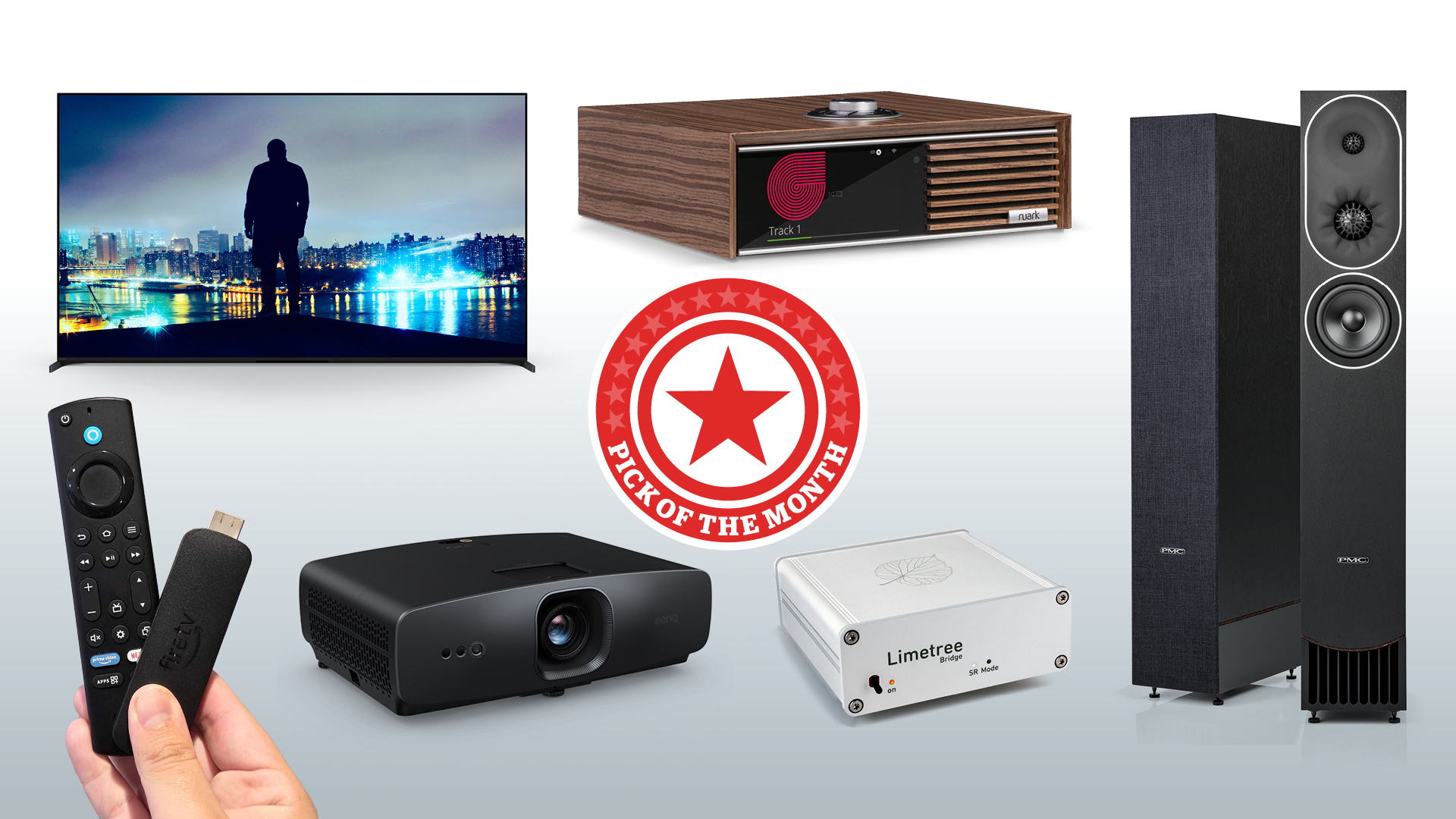
Sony’s latest flagship OLED TV, a ‘proper’ projector, PMC floorstanders and more earn five stars
It is finally July, which as well as a heatwave in our native shores, also brings a fresh entry into our regular Pick of the Month column.
Here, we once again detail all the products to earn five-star ratings from our team of hi-fi and home cinema experts over the past month.
It was another incredibly busy period for the team, which reviewed more products than they care to count including top-end TVs, affordable headphones, premium turntables and more.
But, in this frenzy of testing, only six products emerged with a five-star rating. Here’s everything you need to know about them.
1. BenQ W2720i
(Image credit: What Hi-Fi?) The home cinema in a box, or coffee table projector as it’s sometimes called, is a growing category. And while many home cinema aficionados still sniff at the idea of using one, favouring much more expensive long throw units paired with an AVR and proper surround-sound package, we found plenty to like about the BenQ W2720i.
Though our checks revealed its inbuilt sound system to be distinctly middling, the unit more than makes up for it with its stellar app support and excellent, all-round picture quality – which our reviewers described as more than good enough to power a “proper” home cinema experience.
Score: 5/5
Read our BenQ W2720i review
2. Ruark Audio R610
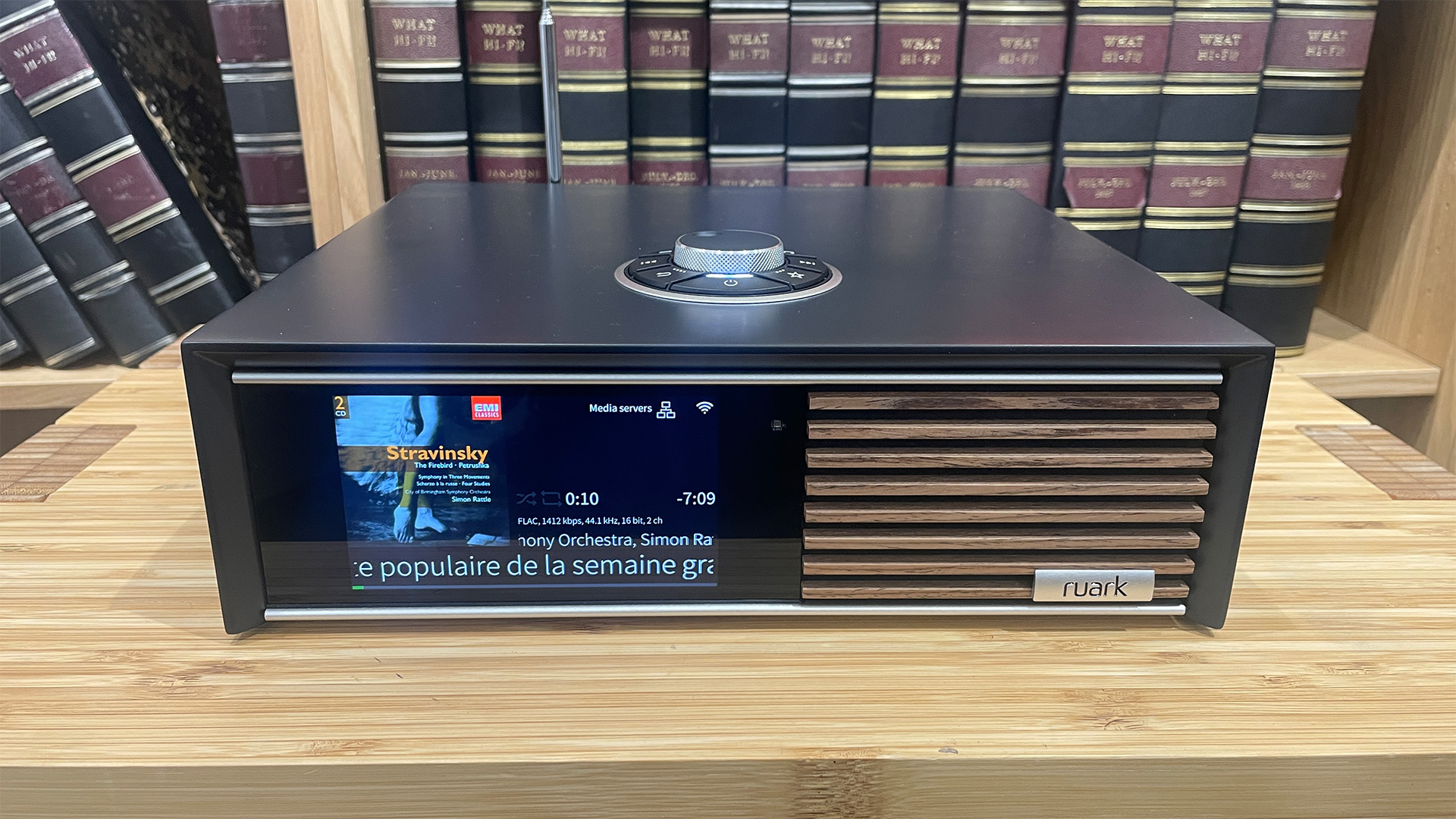
(Image credit: What Hi-Fi?) After weeks of testing, we’re pleased to report Ruark Audio’s latest R610 is a fantastic example why just-add-speakers systems are becoming such an enticing option for music fans.
Featuring the firm’s iconic retro, wooden design, the amp is otherwise a stellar piece of modern hi-fi with excellent connectivity, cutting edge streaming support and, most importantly, stellar sound quality.
We were especially delighted with how well it paired with its four-star Sabre-R bookshelf speaker siblings, which helped it deliver an engaging dynamic sound across every genre we threw at it.
Score: 5/5
Read our Ruark Audio R610 review
3. Sony Bravia 8 II (K55XR8M2)
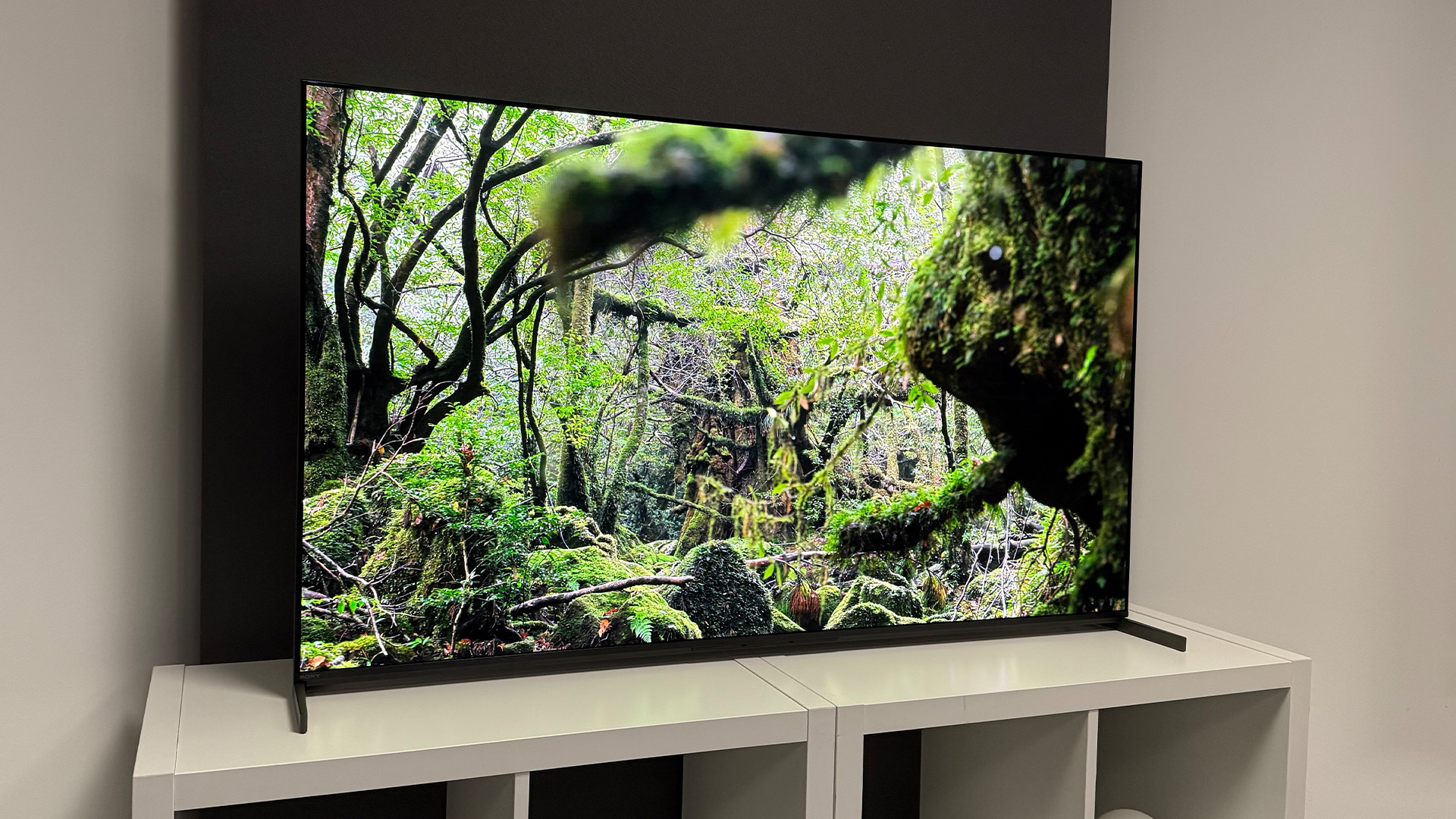
(Image credit: What Hi-Fi? / Netflix (Our Great National Parks)) The Sony Bravia 8 II is the Japanese tech giant’s latest flagship OLED. That means, despite the confusing naming, it’s actually a successor to the A95L, not the Award-winning original Bravia 8 sitting at the top of our best OLED TV buying guide.
Running the two models head-to-head, there’s no denying the Bravia 8 II is an incredible OLED. Brighter than its predecessor, but retaining wonderfully controlled colours and true-to-life three dimensionality the Bravia 8 II is one of the best flagships we’ve tested this year.
But be warned, with the Samsung S95F sneaking into our test rooms soon, that verdict may change in the not too distant future…
Score: 5/5
Read our Sony Bravia 8 II (K55XR8M2) review
4. PMC Prophecy 7
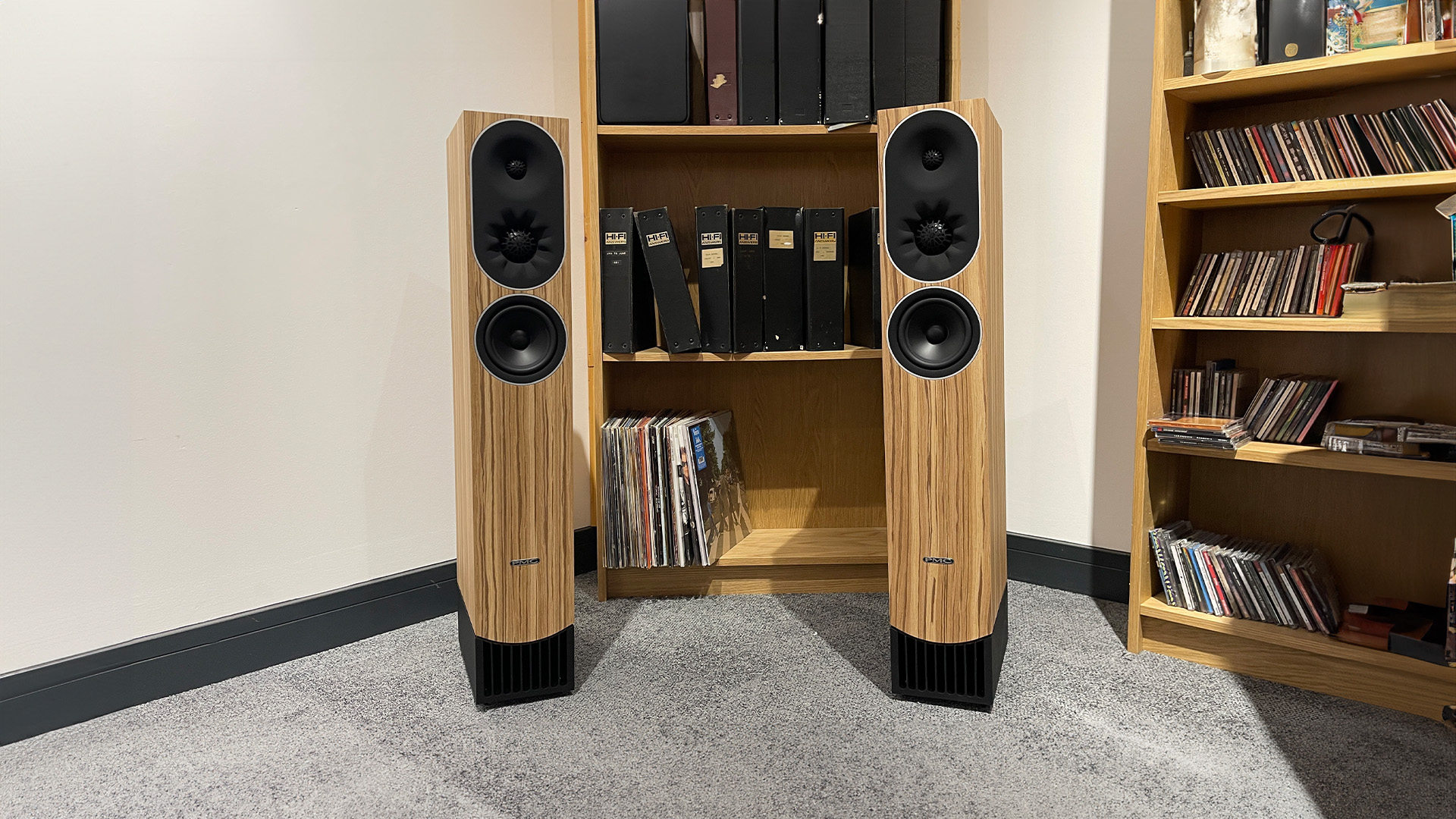
(Image credit: What Hi-Fi?) The PMC Prophecy 7 are a pair of surprisingly compact floorstanding speakers designed for enthusiasts who are short on space.
Despite their dimensions, PMC’s loaded the speakers with a number of impressive features. Highlights include the latest version of PMC’s Laminair vent, which aims to reduce harmonic distortion, and an atypical 55mm midrange dome that uses a petal-shaped waveguide to control dispersion.
As well as proving remarkably unfussy with their placement, during testing they delivered a solid performance. Matched with price appropriate hardware they offer music fans exceptional clarity and impressive low-end heft for their size.
Score: 5/5
Read our PMC Prophecy 7 review
5. Lindemann Limetree Bridge II
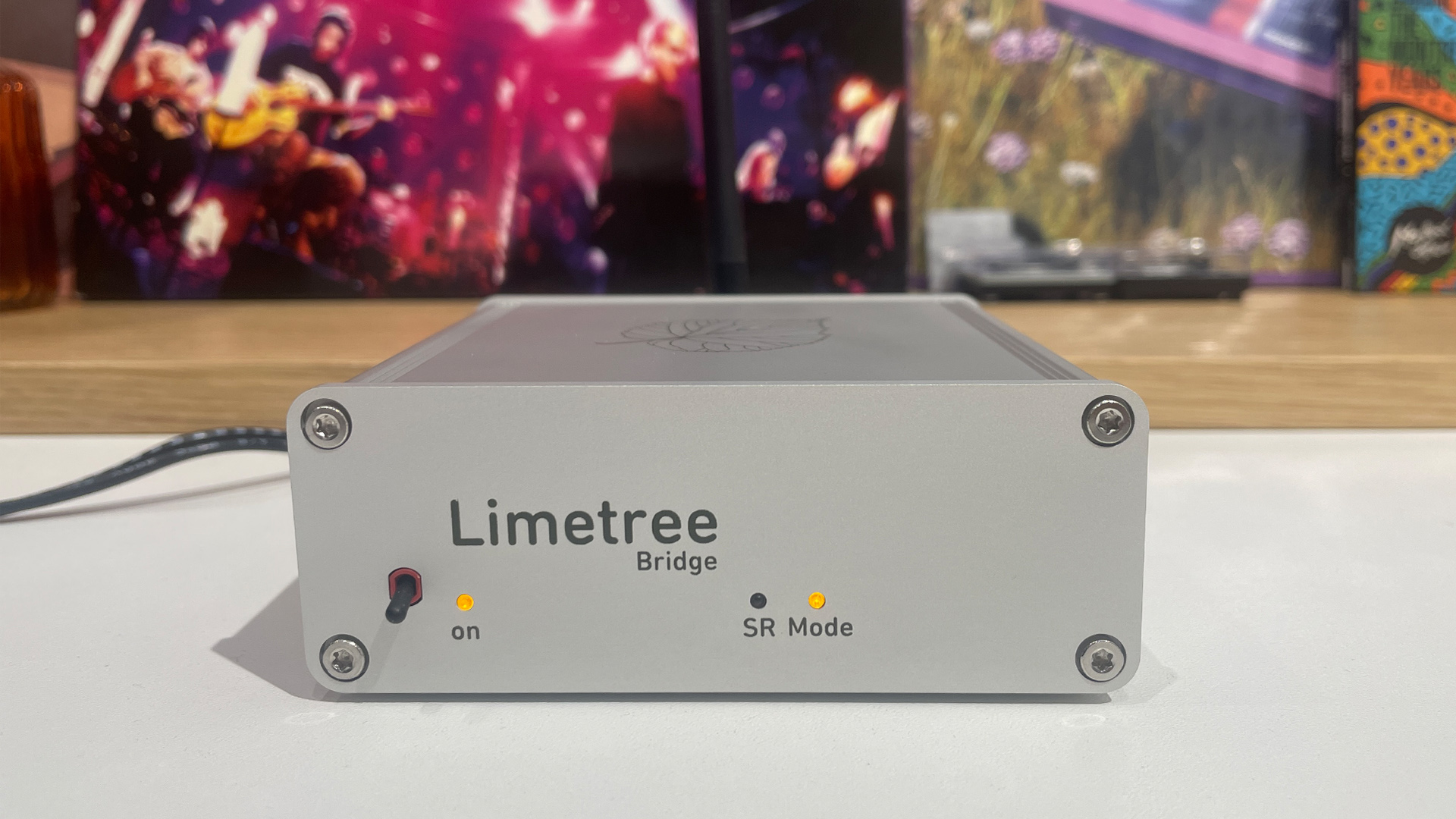
(Image credit: What Hi-Fi?) The Lindemann Limetree Bridge II is a bit of hi-fi from a category we don’t see in our listening rooms that often. Specifically, it is a network bridge, sometimes referred to as a streaming transport. This is a fancy term for a streamer that doesn’t have a DAC included.
Does that make it a niche product? Yes. But, after putting it through its paces we can confirm, for its target audience, it is a fantastic piece of hardware. Pairing it with a Chord Qutest DAC, the unit delivered stellar results, offering a precise, clean and crisp presentation regardless of what genre we threw at it.
Score: 5/5
Read our Lindemann Limetree Bridge II review
6. Amazon Fire TV Stick 4K Max (2nd Generation)
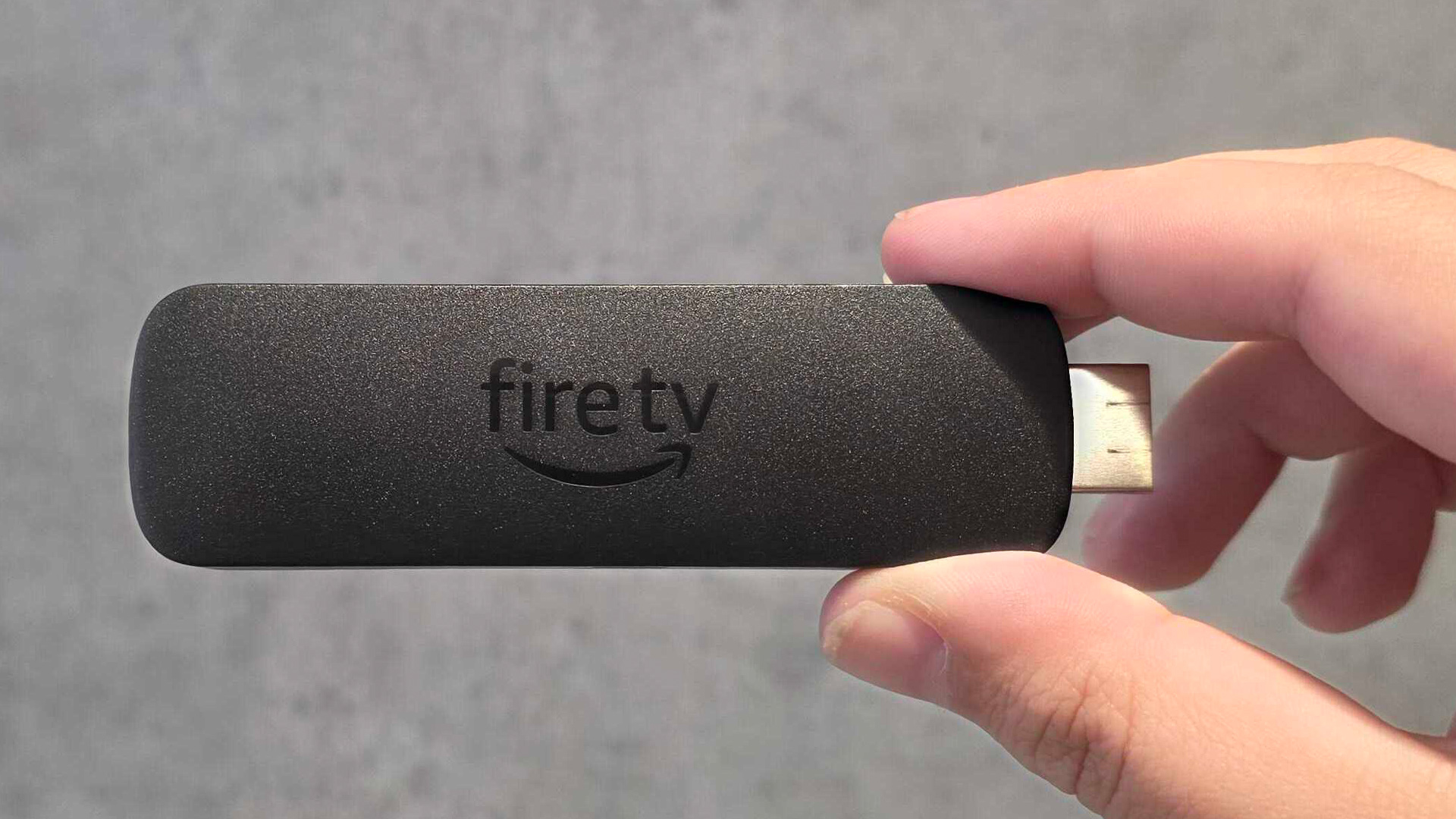
(Image credit: What Hi-Fi?) The Amazon Fire TV Stick 4K Max (2nd Generation) is a video streamer designed for buyers on a budget.
The idea behind is simple; plug the tiny stick into any screen with an HDMI and you’ll be able to access Fire OS, which includes pretty much every streaming service under the sun.
Based on our testing, while it won’t dethrone the Apple TV 4K as our recommended single box solution at the top end of the market, for its intended audience it’s a fantastic option thanks to its consistent picture quality and robust HDR support.
Score: 5/5
Read our Amazon Fire TV Stick 4K Max (2nd Generation) review
MORE:
These are the best floorstanding speakers we’ve reviewed
We rate the best TVs money can buy
Our picks of the best projectors
Continue Reading
-
Perplexity's New Max Plan Targets Power Users With Unlimited AI Access – TechRepublic
- Perplexity’s New Max Plan Targets Power Users With Unlimited AI Access TechRepublic
- Perplexity launches a $200 monthly subscription plan TechCrunch
- The rise of $200/pm AI plans — why Perplexity, ChatGPT and Gemini are all going up Tom’s Guide
- Aravind Srinivas announces Perplexity Max with unlimited Labs and early Comet, Veo 3 access India Today
- Perplexity adds a Max tier just as expensive as its rivals Mashable India
Continue Reading
-
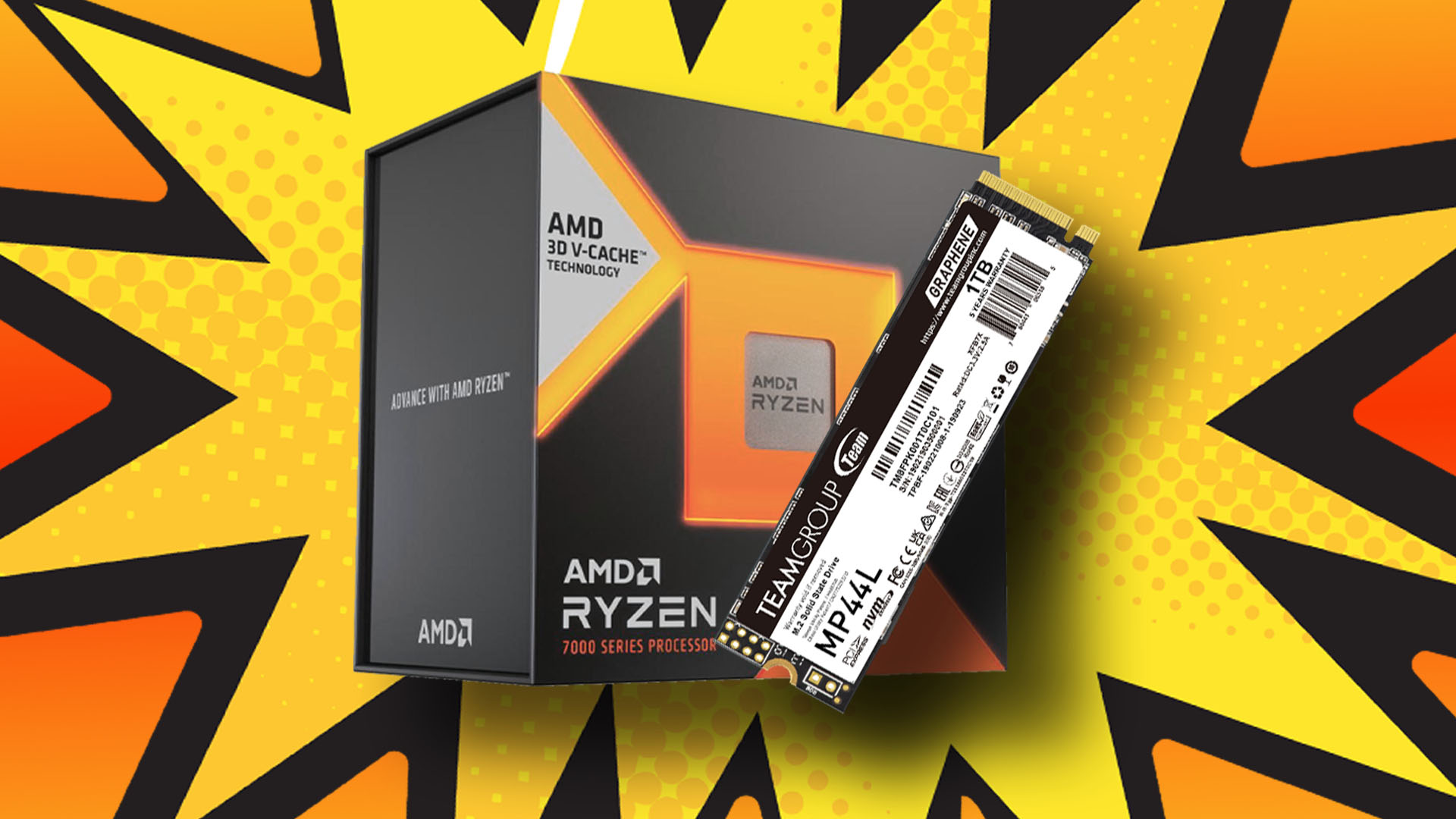
Save $80 on an AMD Ryzen 7 7800X3D CPU and get a 1TB SSD free, if you’re quick
Proving that it’s not just Intel CPUs that get included in bundle bargains these days, Newegg has a fantastic AMD Ryzen 7800X3D deal going at the moment, which not only enables you to pick up this chip for just $369.99 ($80 lower than Newegg’s list price), but you also get a free 1TB Team Group SSD with it. It’s a decent PCIe 4.0 drive as well, which is faster than older PCIe 3.0 drives, and way quicker than older SATA SSDs.
Importantly, you also get one of our favorite processors in this bundle. We gave this chip a score of 9/10 in our AMD Ryzen 7 7800X3D review when it was released, and while it’s since been superseded by the new 9800X3D, the cheaper price of the 7800X3D means it still has a strong place on our guide to buying the best gaming CPU. That’s all thanks to this CPU’s huge slice of AMD 3D V-cache that sits on top of the CPU cores, and massively improves gaming performance.
We’ve seen the price of this chip fluctuate a fair bit over the last few months. Following a supply shortage after the launch of the new AMD Ryzen 7 9800X3D, we saw prices of over $500 being listed for the 7800X3D earlier this year. We’ve since seen it drop as low as $358.59 since then, but $369.99 is still an excellent price for such a capable chip.
Its eight Zen 4 cores are more than enough for gaming, and while the clock speed is a little low at 5GHz, the huge amount of cache makes up for this massively. By effectively having a massive 96MB of L3 cache available, you massively reduce the likelihood of cache misses, which means the CPU is less likely to have to page your slower system memory for data.
The Ryzen 7 9800X3D might be quicker, with its 5.2GHz clock speed and faster Zen 5 architecture, but it also costs over $100 more, and the 7800X3D is still a great CPU. In fact, this is the chip we use to test all the GPUs in our guide to buying the best graphics card.
Meanwhile, the SSD on offer is a Team Group MP44L, which uses the 4x PCIe 4.0 interface and can read at up to 5,000MB/s, with a top sequential write pace of 4,500MB/s. While those speeds aren’t going to rival the PCIe 5.0 drives on our guide to buying the best gaming SSD, they’re still nearly 10x the speed of a SATA drive. Besides, you really can’t complain when you’re getting a PCIe 4.0 drive for free – it’s going for $62.99 on Newegg now if you buy it separately.
If you want to take advantage of this deal, you just need to click on this link here to take you to Newegg, and then make sure the “Add Free Gift Offer to Cart” box is ticked. You’ll need to be quick, though, as it’s listed as a limited offer.
If you’re thinking of building a new rig with this bundle, check out our best gaming motherboard guide to find a decent AM5 board to house your CPU and SSD, as well as our newly updated guide to buying the best CPU cooler for your needs. If you’re looking for a great budget cooler, we’ve tested the Thermalright Peerless Assassin 120SE ARGB on the 7800X3D, and it works fine, while also looking good for just $39.99.
Continue Reading
-
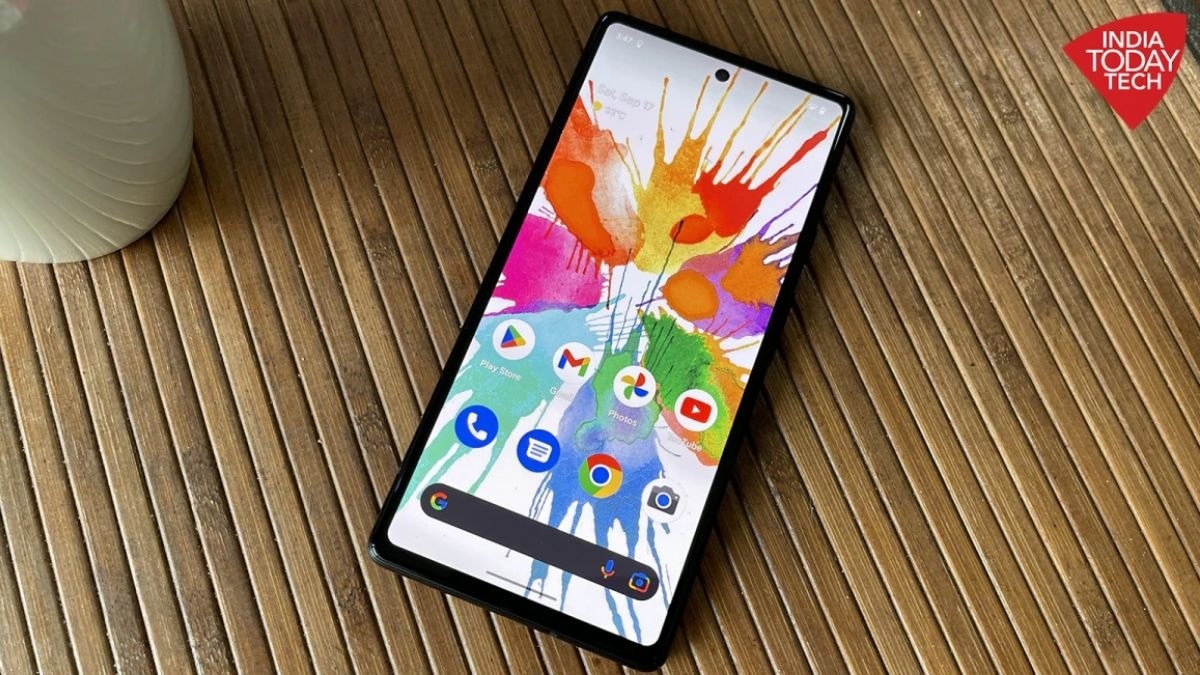
Pixel 6a users can claim $100 cash or $150 credit from Google under battery performance program
Google is now offering compensation to Pixel 6a users facing battery-related issues. As part of its new Battery Performance Programme, the company is giving customers the option to either get their phone battery replaced for free or claim a cash or store credit payout. The move comes after complaints of overheating and battery performance concerns linked to the Pixel 6a.
To prevent further battery-related problems, Google will push a mandatory Android 16 update to all Pixel 6a devices. This update is aimed at improving battery efficiency and reducing overheating risks. While free battery replacement at authorised centres was already available, Google has now added more support choices for users who prefer to move on from the device.
According to details shared by the company, affected users who don’t want to go for a battery replacement can opt for a trade-in offer. Under this, Pixel 6a users can receive $100 (around Rs 8,500) as direct cash or choose to get $150 (approximately Rs 12,800) as a Google Store credit code. This store credit can be used towards buying a new Pixel phone. The final value in local currency will be based on the day’s exchange rate, and Google has mentioned that cash payouts may not be available in all regions, depending on local rules.
For handling payments, Google is working with Payoneer, a third-party financial platform. To process the money, users might need to share personal details like identification numbers, this will depend on the rules of the country the user is in. For example, users in the US may be asked to share their Social Security Number, while other regions may require alternate ID proof.
To know if they are eligible, Pixel 6a users must visit a dedicated eligibility page set up by Google. They’ll be required to enter their email address linked to the device and the IMEI number of the phone. In case someone is helping a family member or friend with the process, they can submit the details using another email ID, although Google has warned that it might ask for more information in some cases for verification.
Once eligibility is confirmed, users can go ahead and choose whether they want the free battery service or claim compensation. This move from Google gives users flexibility and support, especially those using older units or planning an upgrade. The combination of a required software update and hardware support shows that the company is taking battery issues on the Pixel 6a seriously while giving affected customers practical solutions.
– Ends
Continue Reading
-
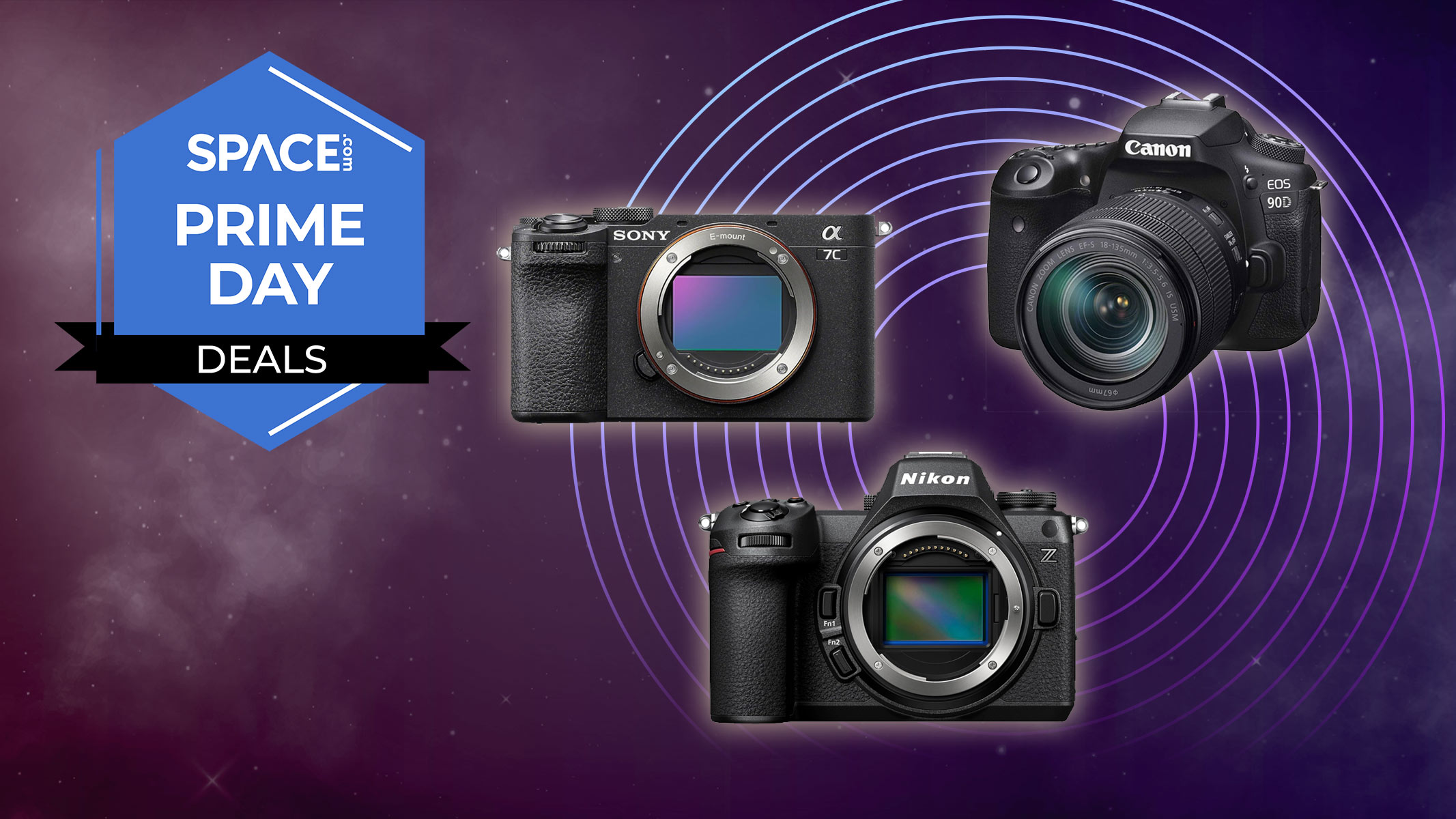
The best July 4 camera deals 2025: Top deals we’ve spotted so far
We’ve scoured the internet for July 4 camera deals ahead of the Amazon Prime Day sales, taking place July 8-11 this year. There are some great offers to be had from top brands such as Canon, Sony and Nikon and more.
With our experienced reviewers having tested and reviewed these models (or their predecessors or successors), we can say with confidence that these cameras are worth the investment. What’s even better, you can grab them now for a reduced price.
Of course, there are many other cameras available so perhaps our best cameras guide may help you decide which camera you want to keep an eye on throughout the Amazon Prime Day sales.
Best camera deals July 4 2025
Continue Reading
-

GM’s Cruise Cars Are Back on the Road in Three US States—But Not for Ride-Hailing
Cruise robotaxis are back on the road… well, kind of. Though General Motors pulled the plug on its self-driving taxi business last year, the automaker has been quietly repurposing a few of the vehicles as it seeks to develop new driver-assistance technologies.
This week, WIRED spotted a GM Bolt electric hatchback on the San Francisco-Oakland Bay Bridge, and later saw a similar vehicle on Interstate 880 near Oakland. In each instance, the car was being driven by a human. But it held equipment on the roof such as lidar sensors that resembled the setup from the Cruise ride-hailing system. The vehicle had “Mint” written on the hood, but didn’t include any visually apparent Cruise branding.
GM spokesperson Chaiti Sen confirms to WIRED that the company is indeed “using a limited number of Cruise Bolt vehicles on select highways in Michigan, Texas and Bay Area for testing with trained drivers to further develop simulation models and advanced driver assistance systems.” She adds, “This is internal testing and does not involve public passengers.”
GM removed the orange-and-white Cruise logo from the cars’ sides after it took full ownership of the unit in February, she says. The recent activity began in Michigan and Texas in February and the San Francisco Bay Area-region in mid-April, Sen says. Cruise had named each vehicle in its fleet, and Sen confirmed that “Mint” has been among the vehicles newly active in the Bay Area.
The testing shows for the first time how GM is beginning to give a second life to a fleet of no less than hundreds of vehicles left over from a costly project that ran aground.
GM initially acquired a majority stake in San Francisco-based Cruise in 2016, and invested more than $8 billion into developing a robotaxi service. The operation was off to a fast start and eyeing a rapid expansion until October 2023, when a Cruise vehicle struck a pedestrian in San Francisco who had just been hit by a human-driven vehicle.
In the aftermath of the incident, Cruise misled state regulators, lost a key permit, halted operations, and laid off a quarter of its workers.
After some attempts to restart the business, GM announced this past December that the experiment would be cancelled altogether. At the time, GM CEO Mary Barra told analysts that running a robotaxi fleet was an expensive distraction from the business of making cars.
But the technology behind Cruise is helping improve the roughly 7-year-old Super Cruise system found in some GM cars. It aims to help drivers stay in and change lanes, or apply the emergency brake without needing to use their hands.
Several automakers are racing to develop cars that offload an increasing amount of driving tasks to computers. GM claims about 60 percent of its 360,000 Super Cruise customers regularly make use of the capability.
In the US, the robotaxi industry has been dominated by Waymo, though Elon Musk’s Tesla and Amazon’s Zoox are among those continuing to try to catch up.
GM’s repurposed Bolts blend into San Francisco-area roads, on which cars with heavy-duty computer gear attached to roof, back, and sides have become commonplace. They include not only companies testing sensors and algorithms, but also map providers collecting data and hobbyists attempting to upgrade their personal rides.
Continue Reading